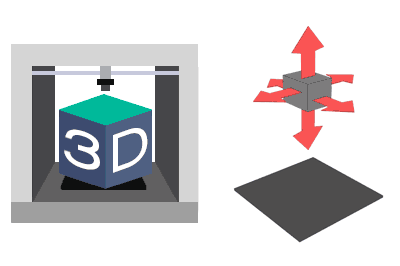We continue with the entries in the 3D printing section, seeing how the kinematics of an FFF 3D printer works.
In the previous entry we saw that in an FFF printer, an extrusion head deposits melted filament in layers, so that we obtain the final 3D model.
As we mentioned, the most important part of the printer is to know how to position the head with high precision relative to the bed. And in this post we will see ways to achieve this, understanding the kinematics of the 3D printer.
This is useful both to understand how our 3D printer works, to know how we can repair it or what is wrong, and finally, in case one day you decide to make your own 3D printer.
Actually, this need for relative movement of the head is not exclusive to 3D printers. On the contrary, it is something common in any CNC machine. From a small 2D milling machine to a large industrial laser.
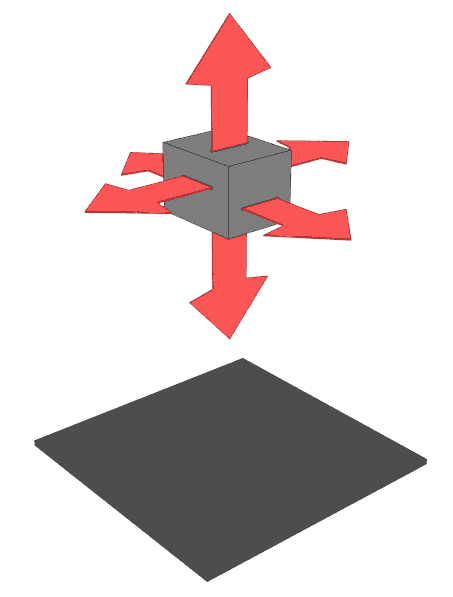
In the case of 3D printers, we are facing a CNC with 3 degrees of freedom, corresponding to displacement in the X, Y, and Z axes. Other machines may have fewer degrees, such as a 2D milling machine, or more if we incorporate rotational degrees.
But getting the head to move relative to the bed does not mean that the head has to have all the movements. In fact, this would not be practical and would complicate the mechanism too much. The usual thing in any CNC machine is to “pass” part of the movement to the base, in our case, to the heated bed that will support the piece.
So, we will see a couple of possibilities or more commonly used configurations to solve the kinematics of 3D printers.
X - Y degrees in the head
One possible configuration is to use two degrees of freedom (X and Y) in the head and leave the Z axis for the heated bed.
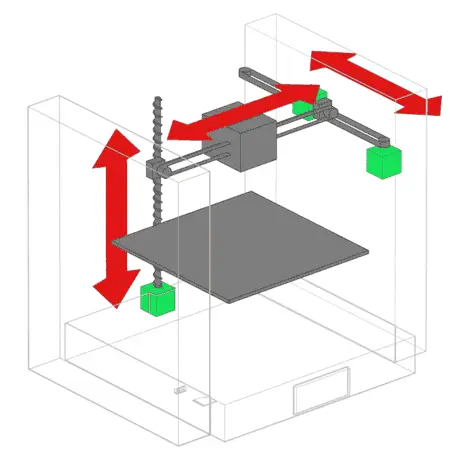
In this type of machine, the head moves in the X-Y horizontal plane, while the bed moves up and down. The head motors are fixed in the structure at the top of the body, and pulleys are used to move the head.
On the other hand, the bed motor is usually at the bottom of the machine. Mechanisms are in place to guide the movement of the bed, typically one or more rods.
An example of a 3D printer that implements this configuration is the famous Ultimaker 3D.
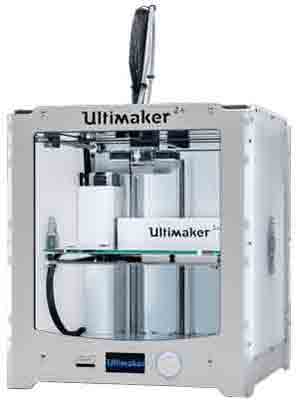
X - Z degrees in the head
Another example of kinematic configuration, probably the most popular among home printers, is to have two degrees of freedom X and Z in the head, and the Y axis in the bed.
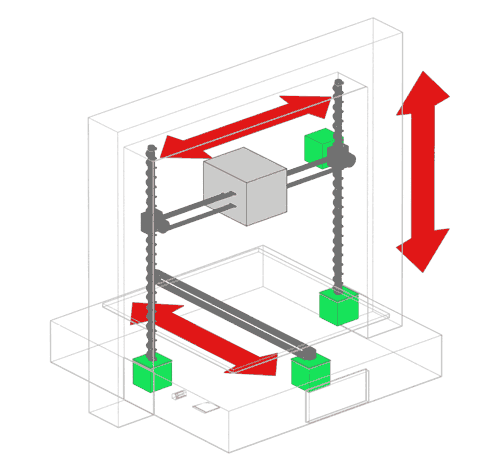
In this way, the head moves up and down, as well as horizontally. On the other hand, the bed moves in and out of the machine. The head moves horizontally by means of a pulley, which is moved by a motor at one of the ends.
To raise the entire assembly, motors are placed at the bottom of the machine. A double motor is frequently used to prevent the entire assembly from tilting and nodding.
Finally, the bed moves using another motor located at the base. The movement is recorded by means of guides or rods with bushings.
An example of a 3D printer that implements this configuration is our beloved Anycubic I3 Mega.
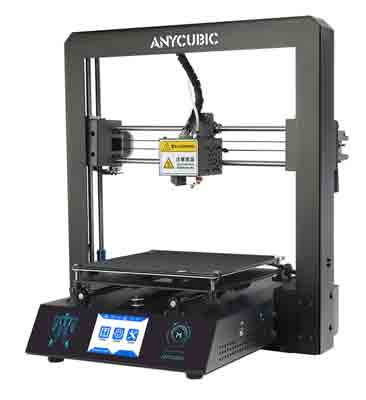
Conclusion
Of course, other configurations are possible. Although, in general, these are the most common and work quite well.
Now comes the golden question: Which is the best configuration for a printer? And the answer is that in theory, on paper, both are identical.
In reality, the behavior depends more on the construction of the machine. For example, if the structure is robust, if it is made of metal or plastic, if the movement is properly recorded by guides, if double motors are used in the axes, and the quality of the materials and their tolerances.
Now that we have seen how the kinematics of our FFF 3D printer works, it’s time to go into detail about its parts and components. And, precisely, this is what we will dedicate the next two entries to. See you soon!
